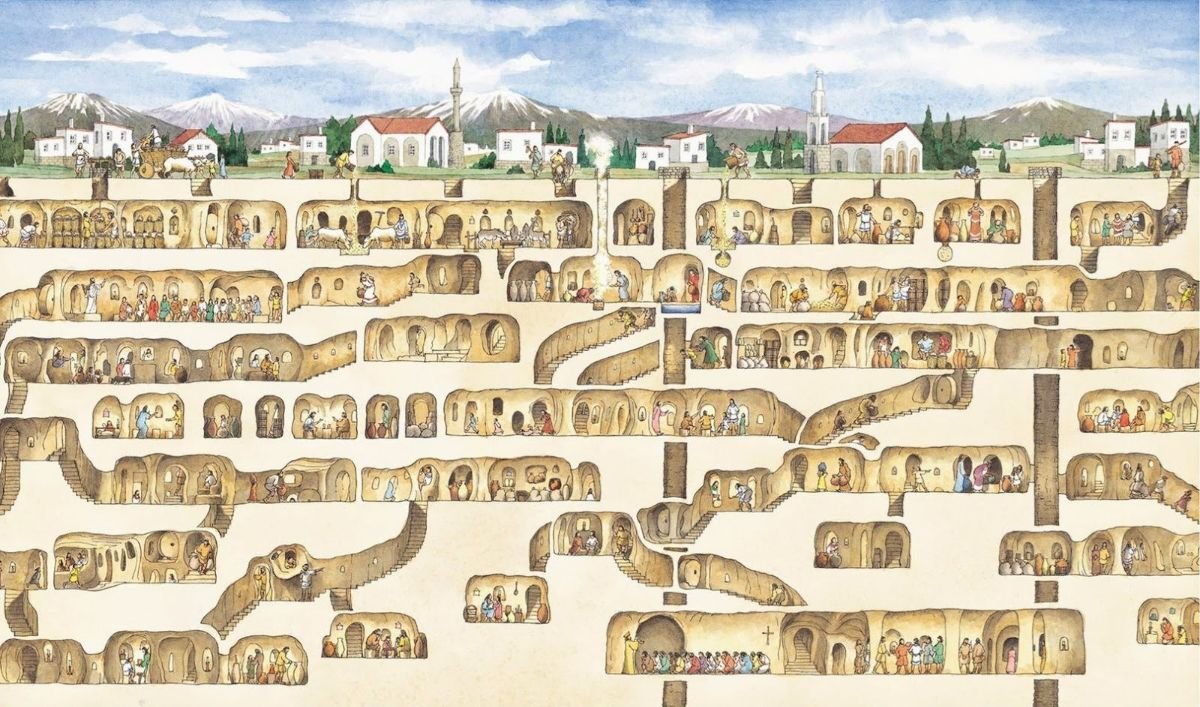
Derinkuyu is a multi-level underground city located in the Central Anatolia region of Turkey. It is known for its complex and precise engineering design, having been built inside soft volcanic rocks that required the construction of foundational pillars to support the layers of earth. The city is famous for its underground passageways and dwellings, as well as wine-pressing rooms, stables, religious rooms, and tombs. The purpose of its construction was for shelter and concealment from dangers, and it was equipped with large stones that could be rolled to block the entrances and prevent the entry of threats.
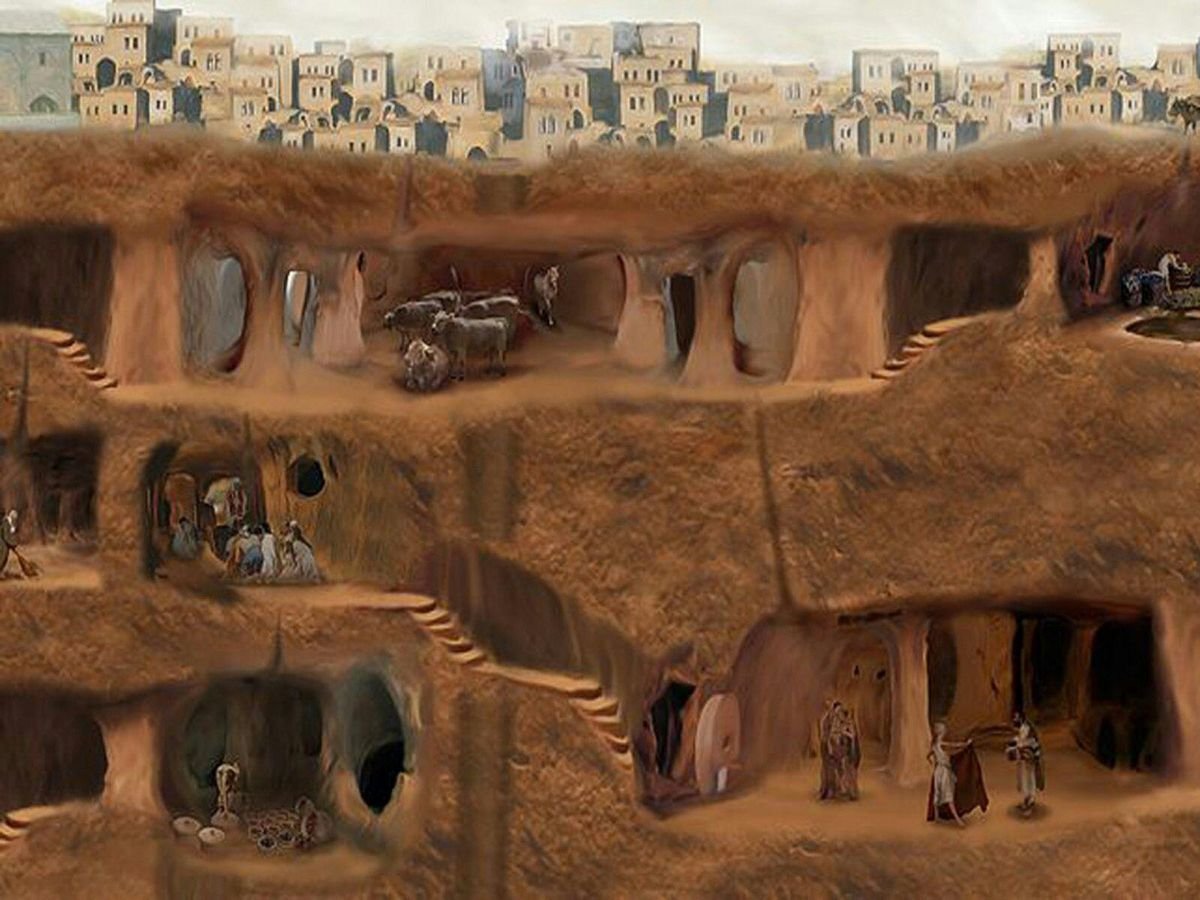
Derinkuyu was rediscovered in 1963 by chance when a resident was renovating his house. Excavations began afterward, revealing a complex network of underground dwellings and facilities. The city includes storage areas for dry food, livestock stables, schools, workshops, and even a small church.
The history of the city dates back thousands of years, having been used by the Phrygians, Persians, and Byzantine Christians before being abandoned in the 1920s by the Cappadocian Greeks following the Greco-Turkish War. The exact date of the city’s construction remains a subject of debate, but many sources suggest that the Phrygians might have been responsible for building much of it.

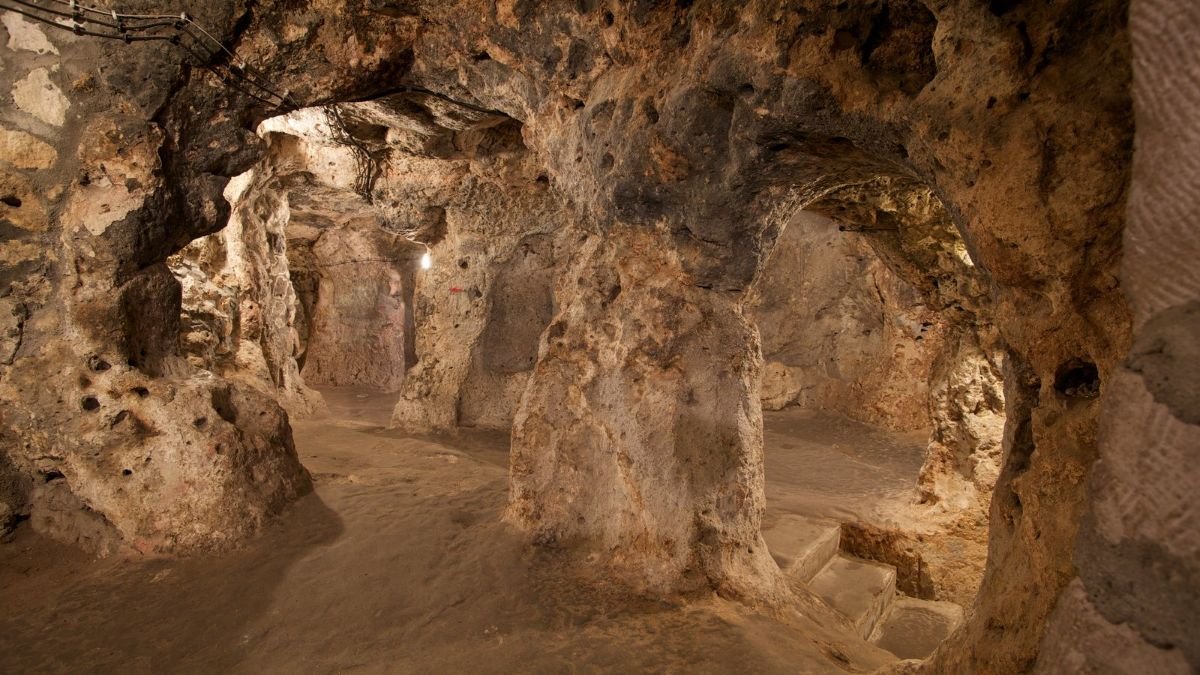
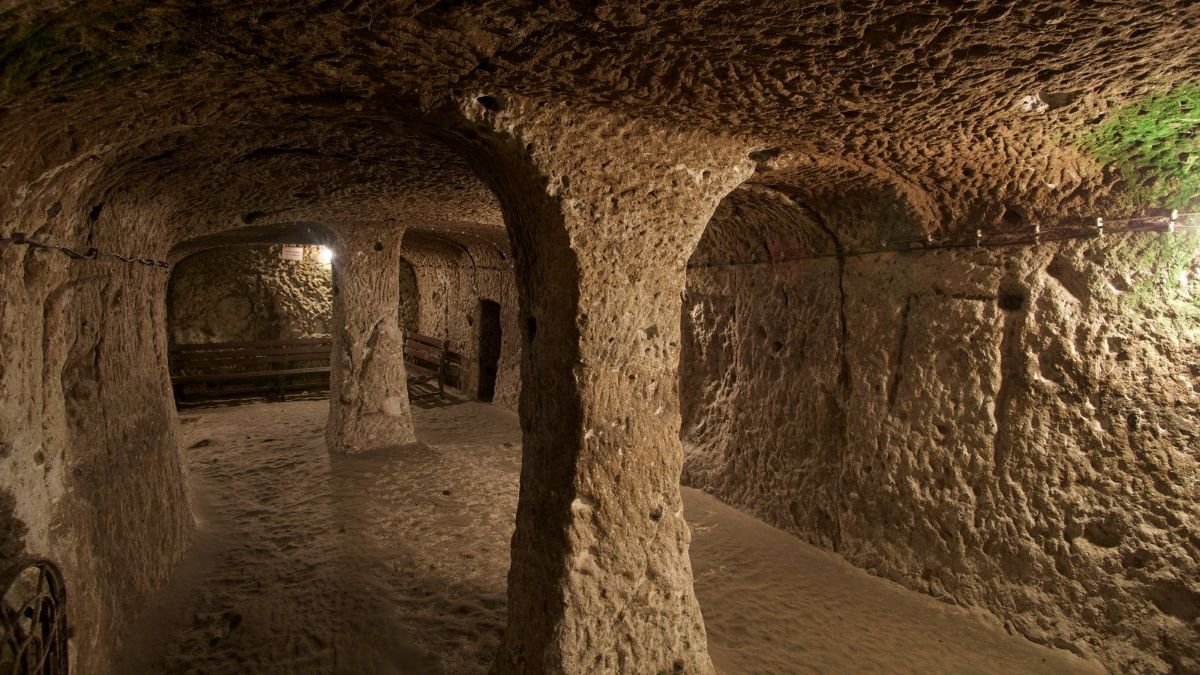



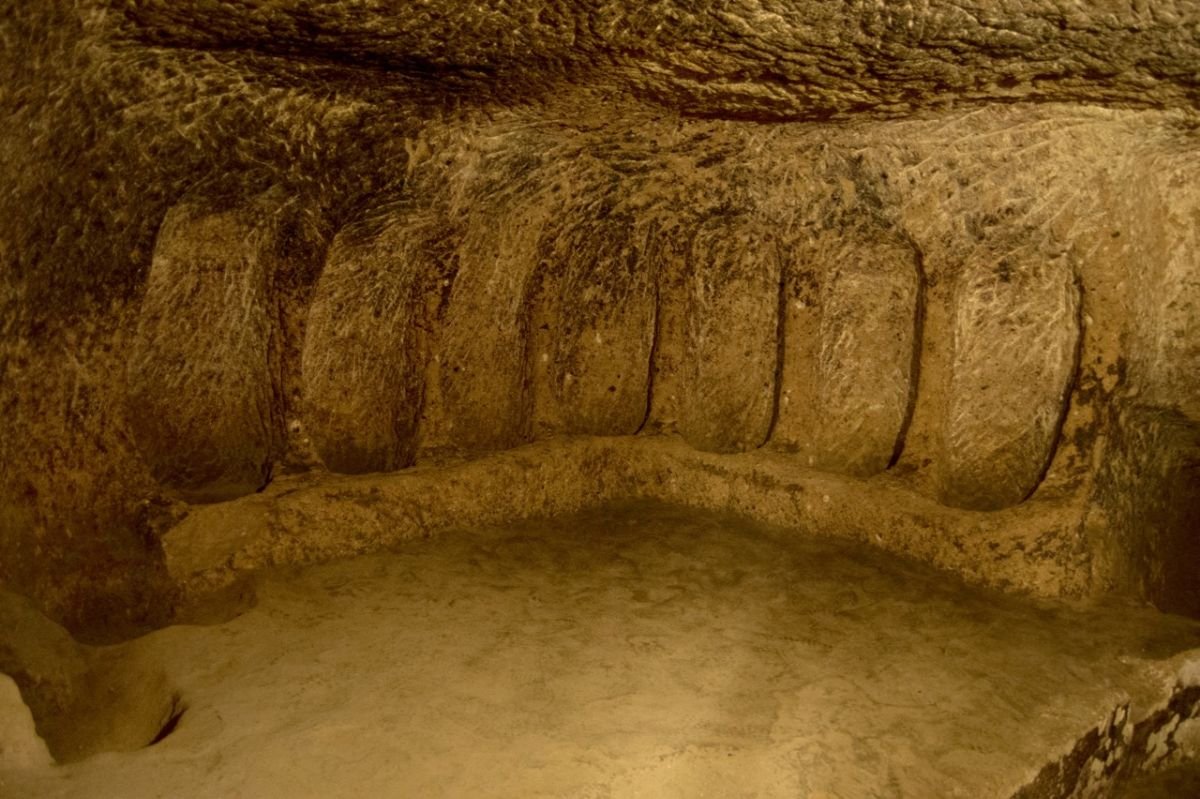


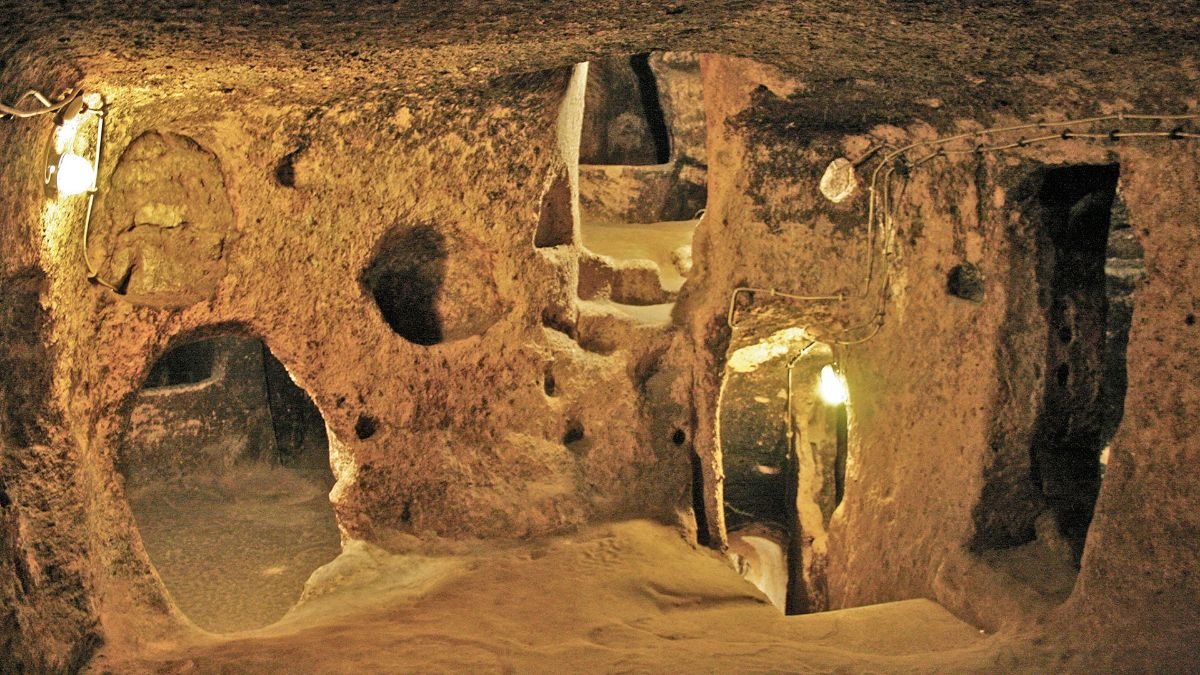
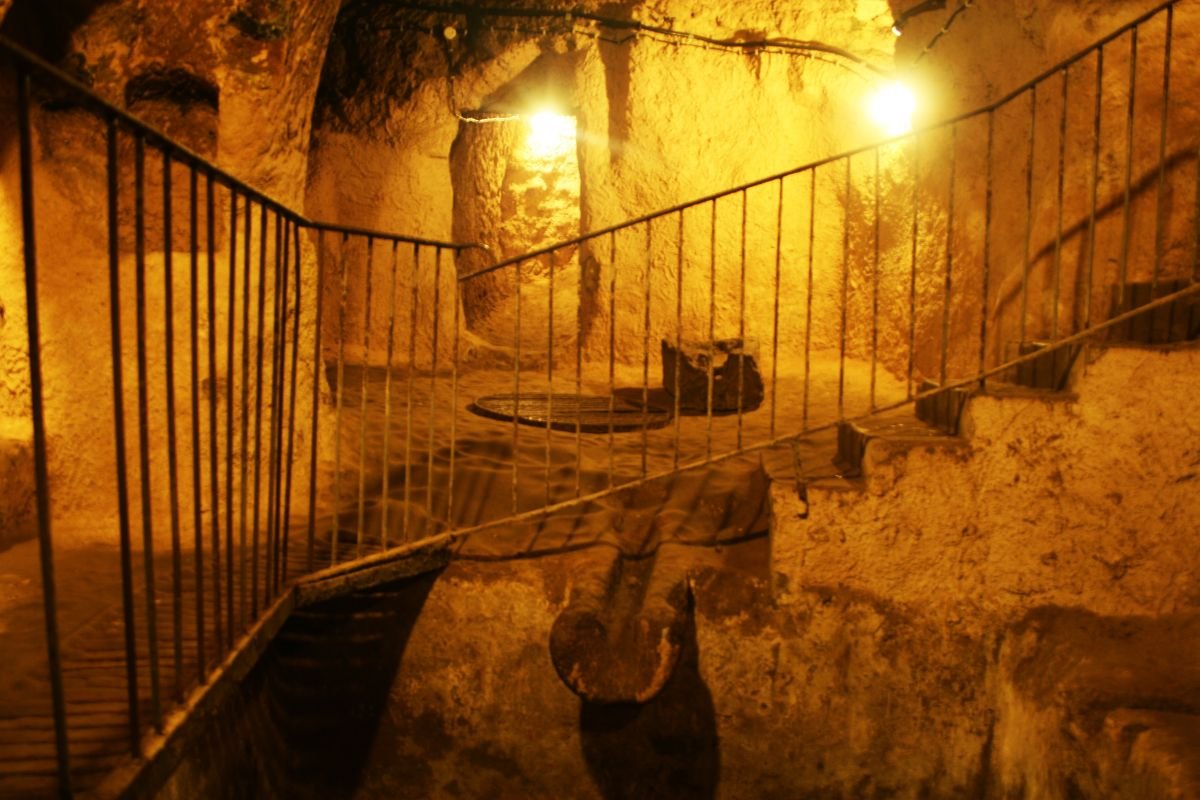

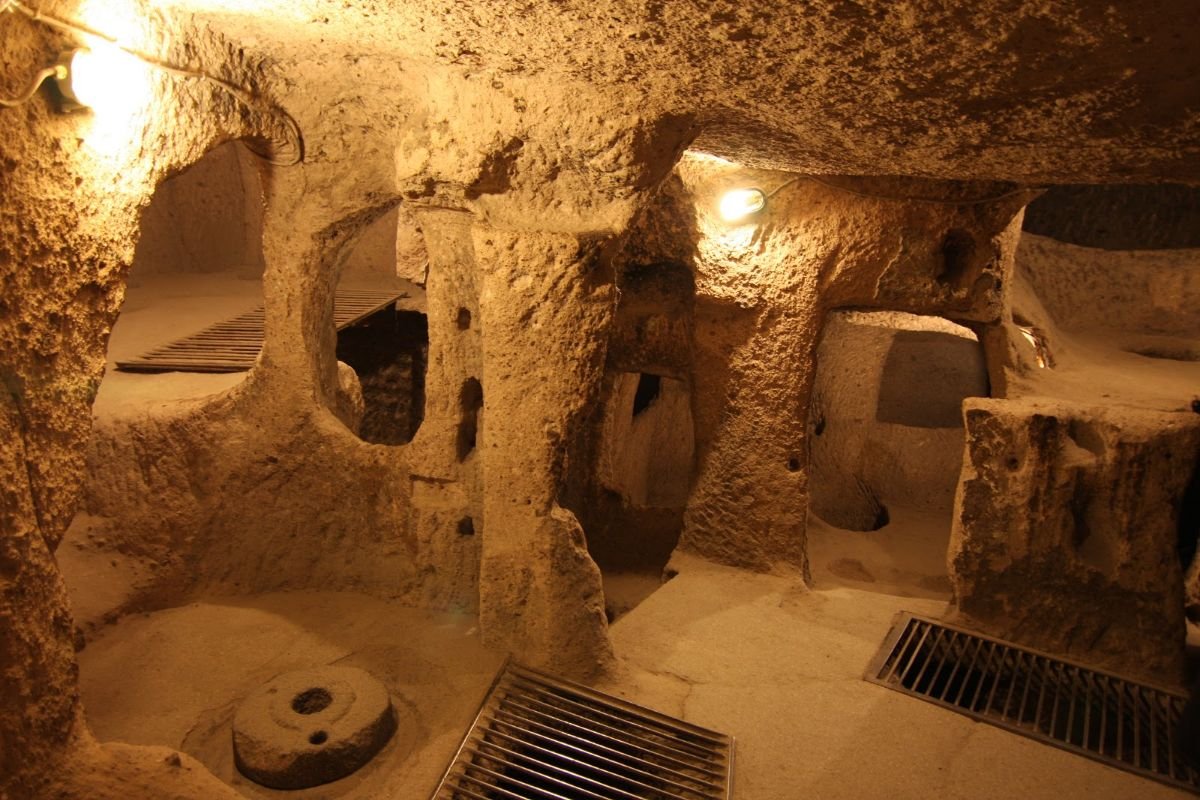


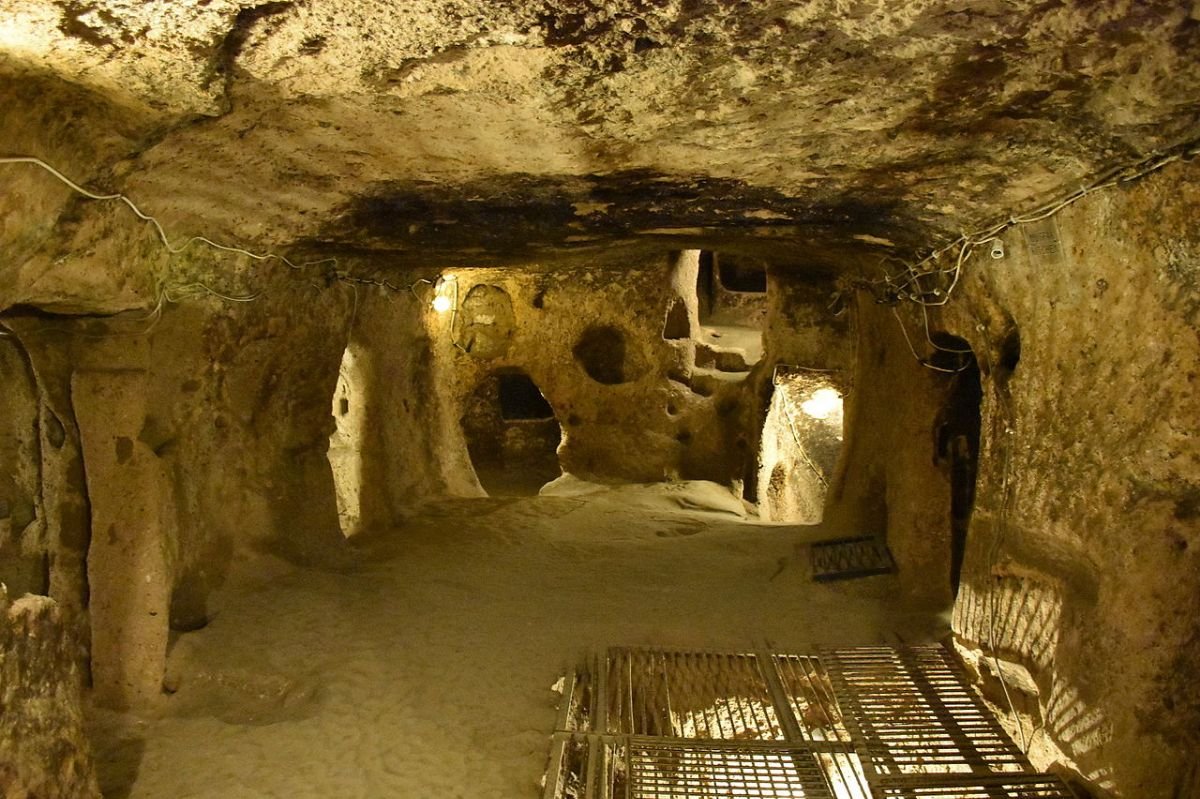


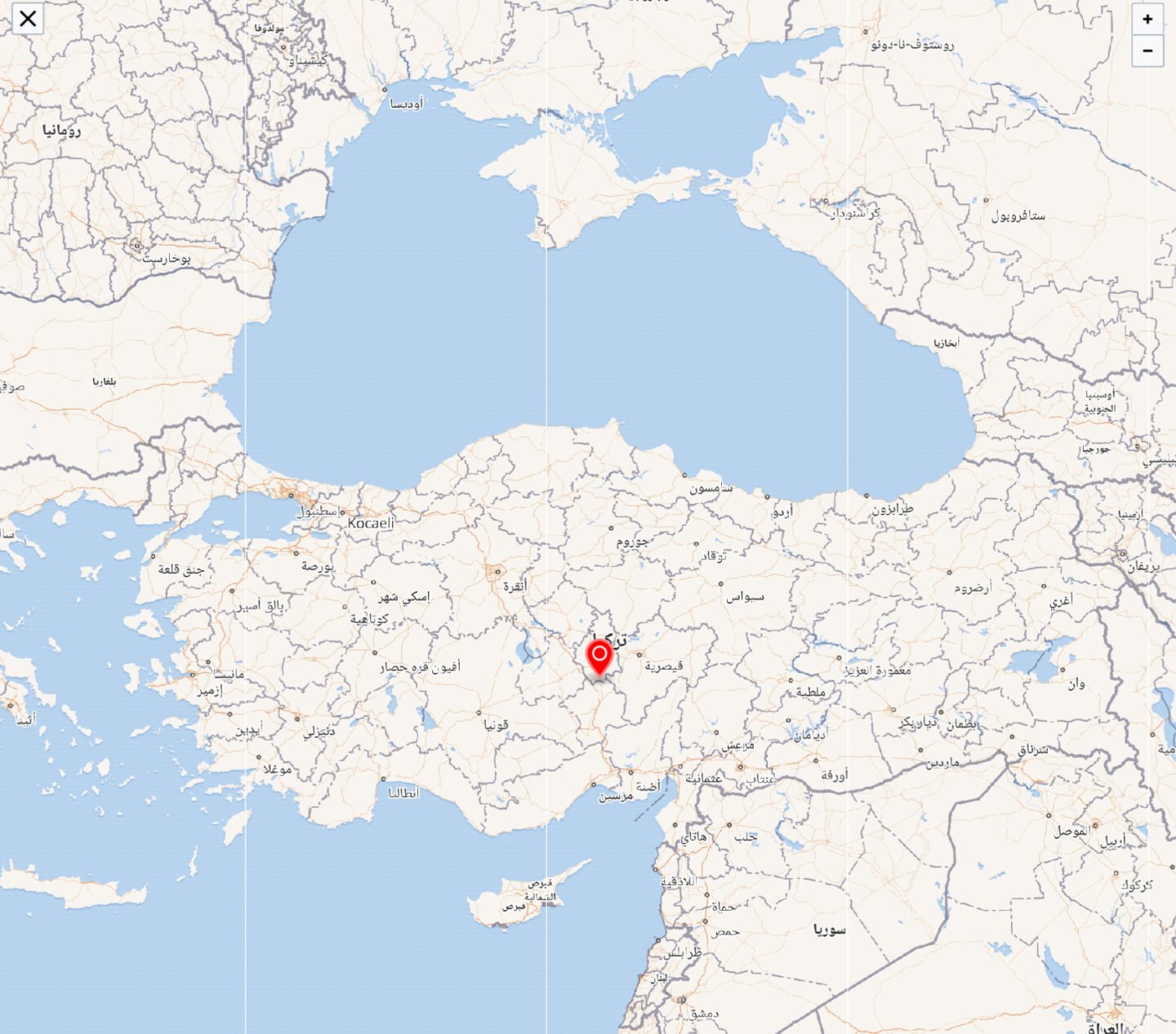
Discover more from History in Pictures
Subscribe to get the latest posts sent to your email.